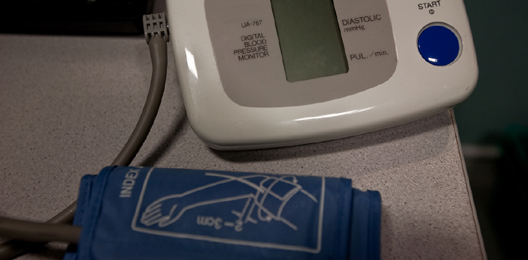Pharmacy Contraception Service
The Pharmacy Contraception is an advanced service that started on 24 April 2023 allowing the on-going supply of oral contraception (OC) from community pharmacies.
From 1 December 2023, the service will include both initiation and on-going supply of OC.
Initiation: where a person wishes to start OC for the first time or needs to restart OC following a pill free break. A person who is being switched to an alternative pill following consultation can also be considered as an initiation.
On-going/Repeat supplies: Where a person has been supplied with oral contraception by a primary care provider or a sexual health clinic and a subsequent equivalent is needed.
Latest updates
On 31 March 2025, the details of the contractual settlement for 2025/26 were announced, which included changes to PCS.
Service fee
As part of the negotiations, we were successful in persuading DHSC and NHS England to increase the consultation fee for both initiation and repeat supplies of contraception to £25 (a 39% increase). This increased fee applies from 1st April 2025 and will better reflect the costs of provision of the service, particularly initiation consultations, which generally take longer to provide.
Skill mix
Once changes to the service specification and the Secretary of State Directions are made by NHS England and DHSC respectively, suitably trained and competent pharmacy technicians will also be able to provide the service, supporting greater use of skill mix by pharmacy owners, where that fits within their business plans.
DHSC and NHS England are working on making the changes to the documents and we will alert pharmacy owners via our usual communications channels when the commencement date is set.
Addition of drospirenone
Drospirenone will be added to enable the supply of this medicine under PGD as part of the PCS. This product will only be able to be supplied under the service once the PGDs have been updated. We will alert pharmacy owners when the PGDs are updated through our usual communications channels.
Addition of Emergency Hormonal Contraception to the service
From October 2025, subject to the introduction of IT updates to community pharmacy clinical services IT systems, the service will be expanded to include Emergency Hormonal Contraception (EHC), with a fee of £20 per consultation, plus the cost of any EHC provided to the patient.
Work is also ongoing with DHSC and NHS England on the detail of this addition to the service and further news will be provided as soon as possible.
Full information can be found on the Community Pharmacy England website.



